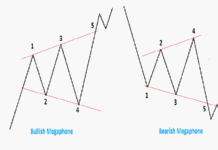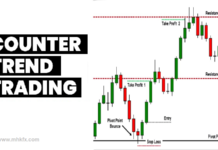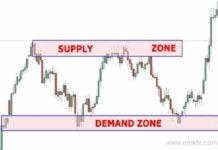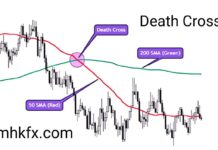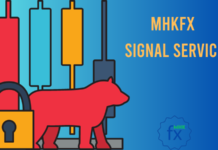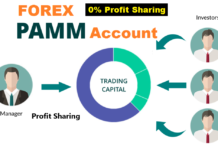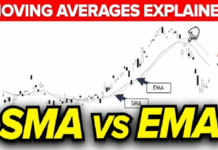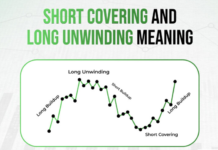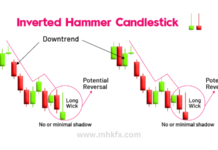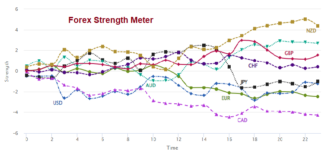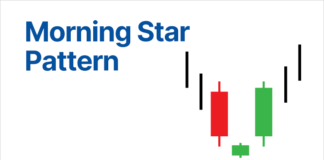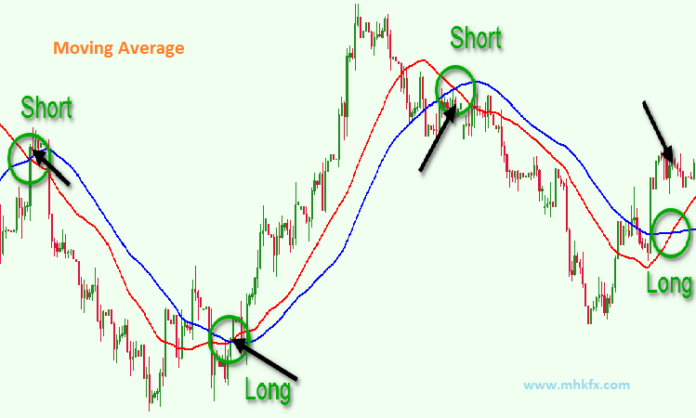
The stock market has always been a realm of unpredictability, with prices and trends subject to rapid fluctuations. Yet, recent years have seen an increase in market volatility, with geopolitical tensions, economic uncertainties, and unexpected events causing wild swings in asset prices. In this turbulent environment, investors are turning to tried-and-true tools like moving averages to find stability amid the chaos.
Understanding Moving Average
A moving average is a statistical calculation used to analyze data over a specific period, smoothing out fluctuations and highlighting trends. In the context of stock market analysis, it involves tracking a stock’s average price over a set number of trading days, which can range from a few days to several months.
There are two primary types of moving averages: simple moving averages (SMA) and exponential moving averages (EMA). SMAs give equal weight to all data points within the chosen period, while EMAs assign more weight to recent prices, making them more responsive to current market conditions.
The Appeal of Moving Average in Volatile Markets
- Identifying Trends: One of the primary advantages of moving averages is their ability to identify trends. During periods of market volatility, trends can be obscured by rapid price fluctuations. Moving averages smooth out these fluctuations, making it easier for investors to see the overall direction of an asset’s price movement.
- Support and Resistance Levels: Moving averages often serve as support and resistance levels. In times of extreme market swings, these levels can act as psychological barriers for traders. When prices dip below a moving average, it may signal a bearish trend, while prices above it could suggest a bullish trend.
- Risk Management: Volatility can be a double-edged sword, offering both opportunities and risks. This indicators help investors manage risk by providing clear signals for entry and exit points. When a short-term moving average crosses above a longer-term one, it can generate a “golden cross” signal, indicating a potential bullish trend. Conversely, a “death cross” occurs when a short-term average crosses below a longer-term one, signaling a possible bearish trend.
- Smoothing Out Noise: In a turbulent market, noise and random price movements can distract investors from meaningful trends. This indicators filter out this noise, helping traders focus on the bigger picture.
Practical Application
Investors use moving averages in various ways, depending on their trading strategy and time horizon. Some common uses include:
- Golden and Death Crosses: As mentioned earlier, these crossovers of short-term and long-term this indicator can signal entry or exit points.
- Moving Average Convergence Divergence (MACD): MACD is a popular indicator that combines two moving averages to provide both trend-following and momentum information.
- Moving Average Envelopes: These are bands created by adding and subtracting a percentage from this indicator. They can help identify overbought or oversold conditions.
- Moving Average Crossovers: Some traders use multiple this indicator of different lengths to identify trend changes and potential reversals.
Conclusion
In times of stock market volatility, investors are increasingly turning to moving average as a reliable tool to navigate uncertainty and find stability. These simple yet powerful indicators help identify trends, manage risk, and reduce noise, making them invaluable in the quest for consistent returns amid market turbulence. Whether you’re a seasoned trader or a long-term investor, understanding and using this indicator can enhance your ability to make informed decisions in an ever-changing financial landscape.
Click to sign up with ThinkMarkets
Related Articles:
Bollinger Bands : multiple use in forex trading platform

